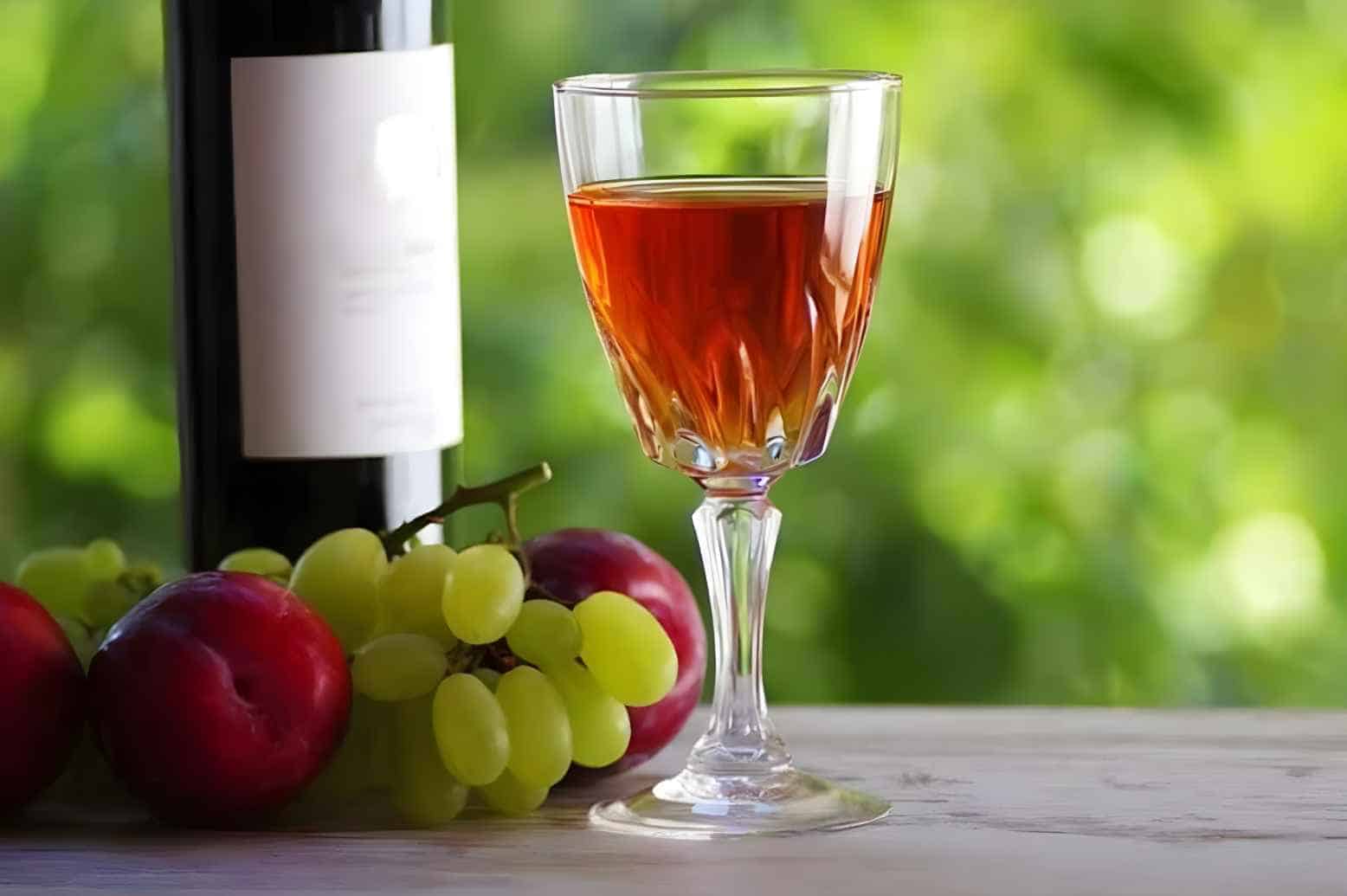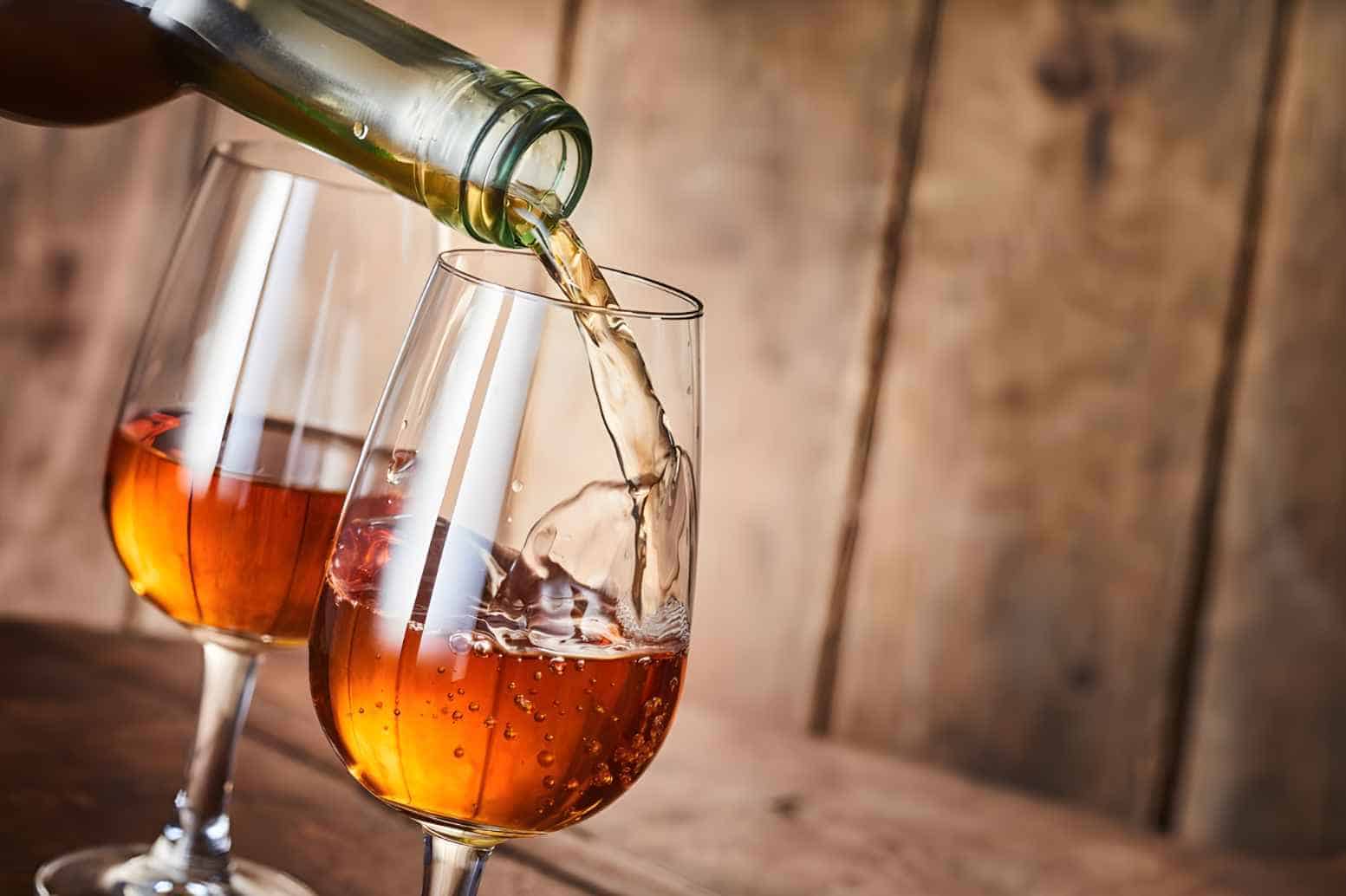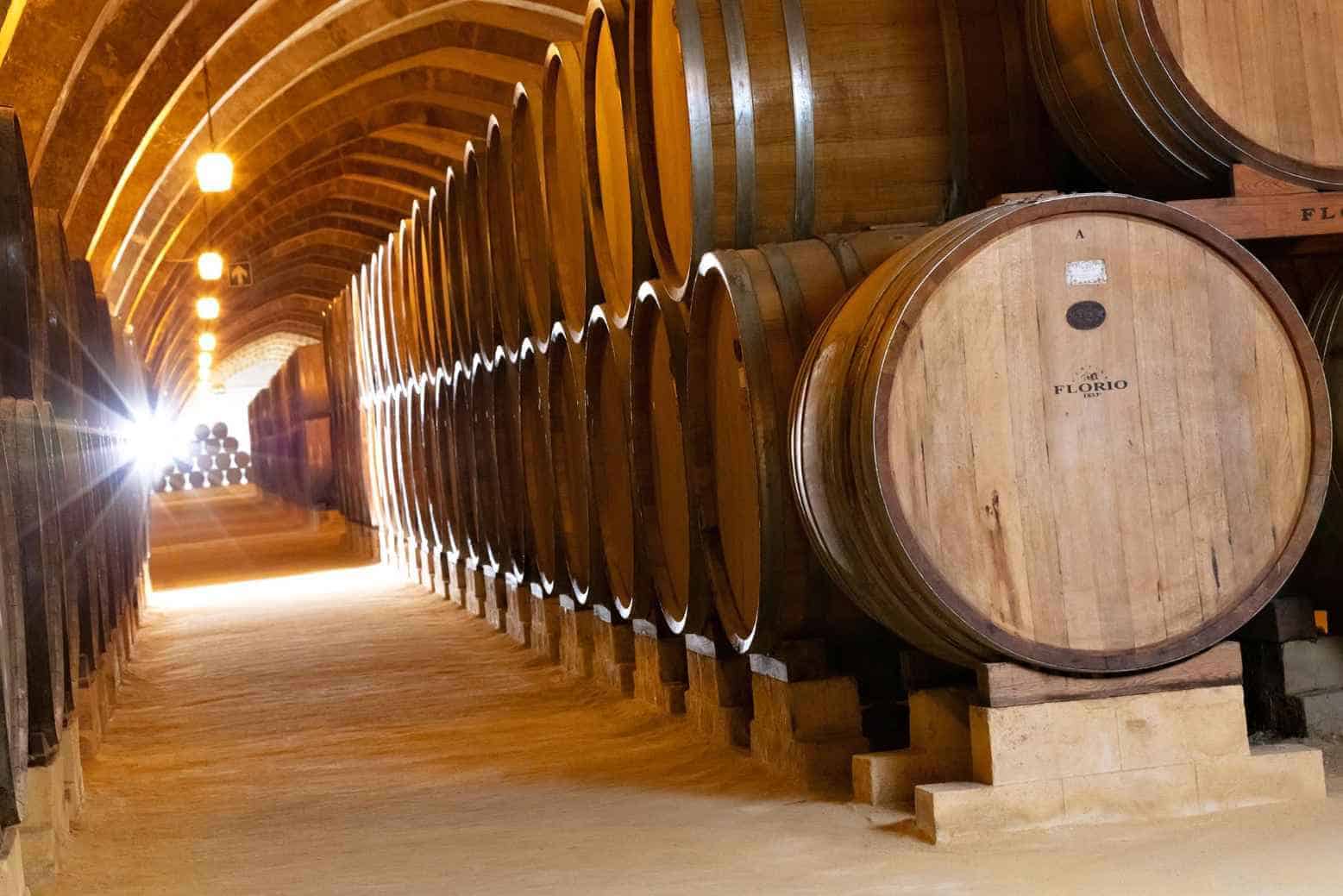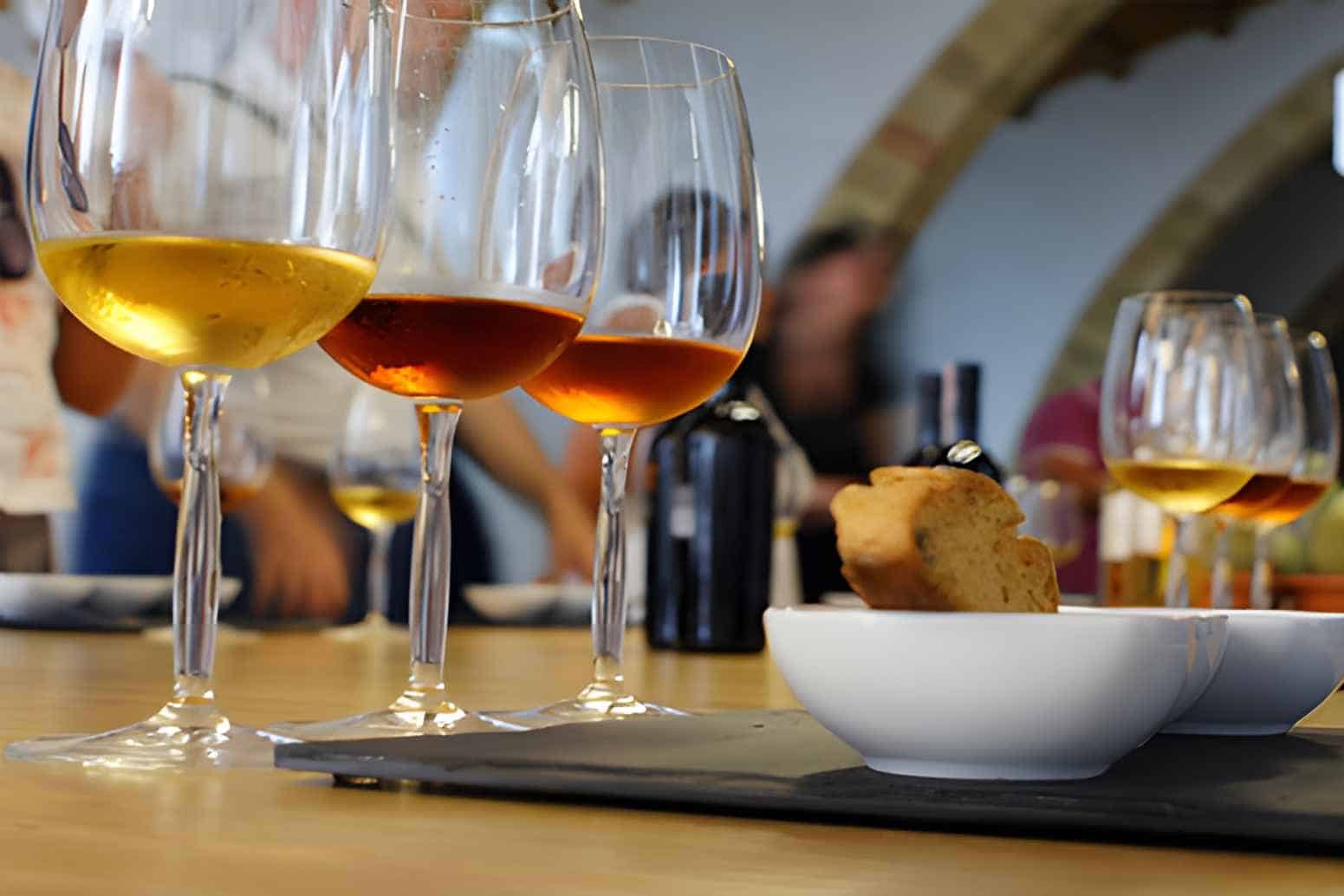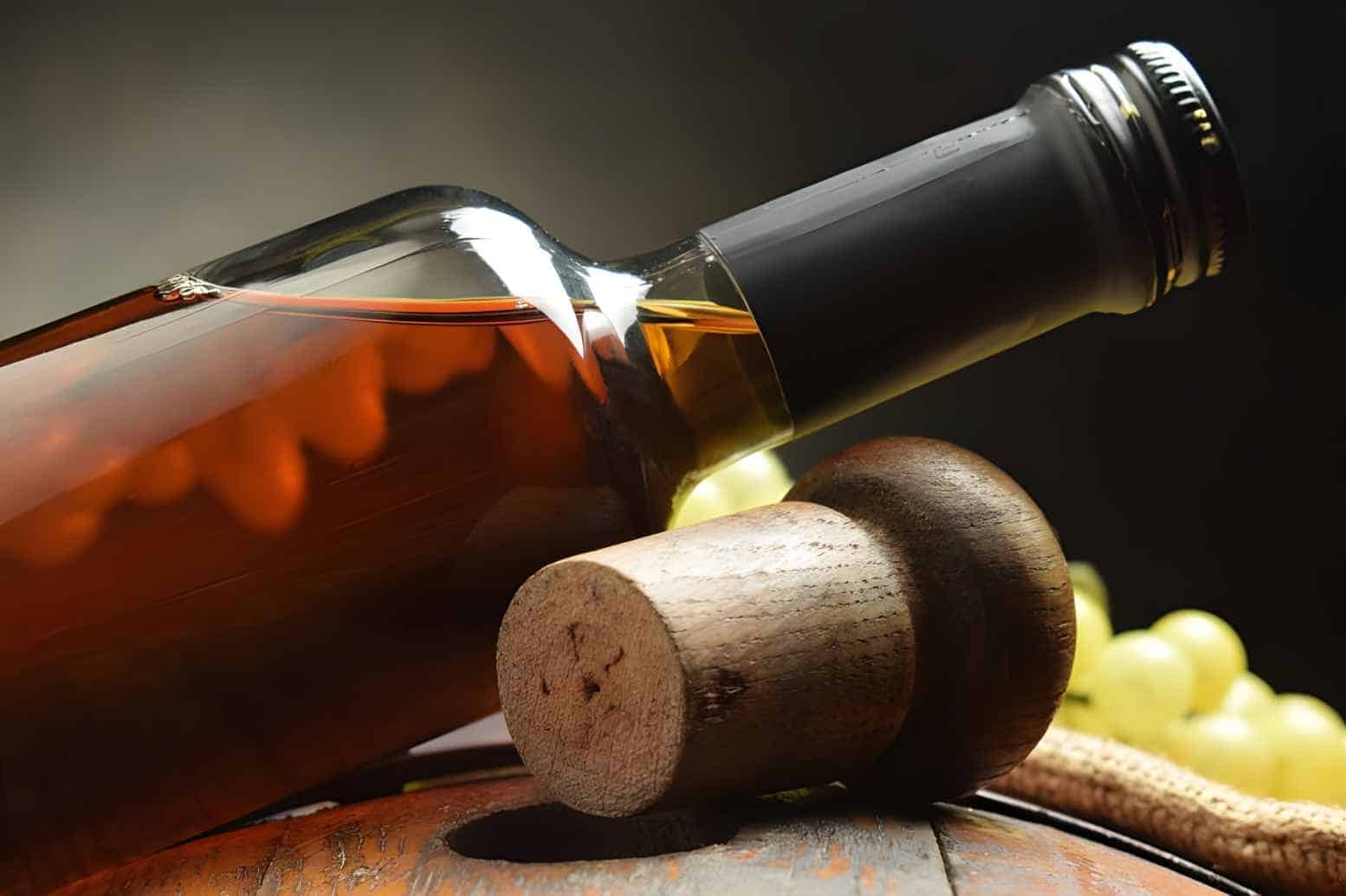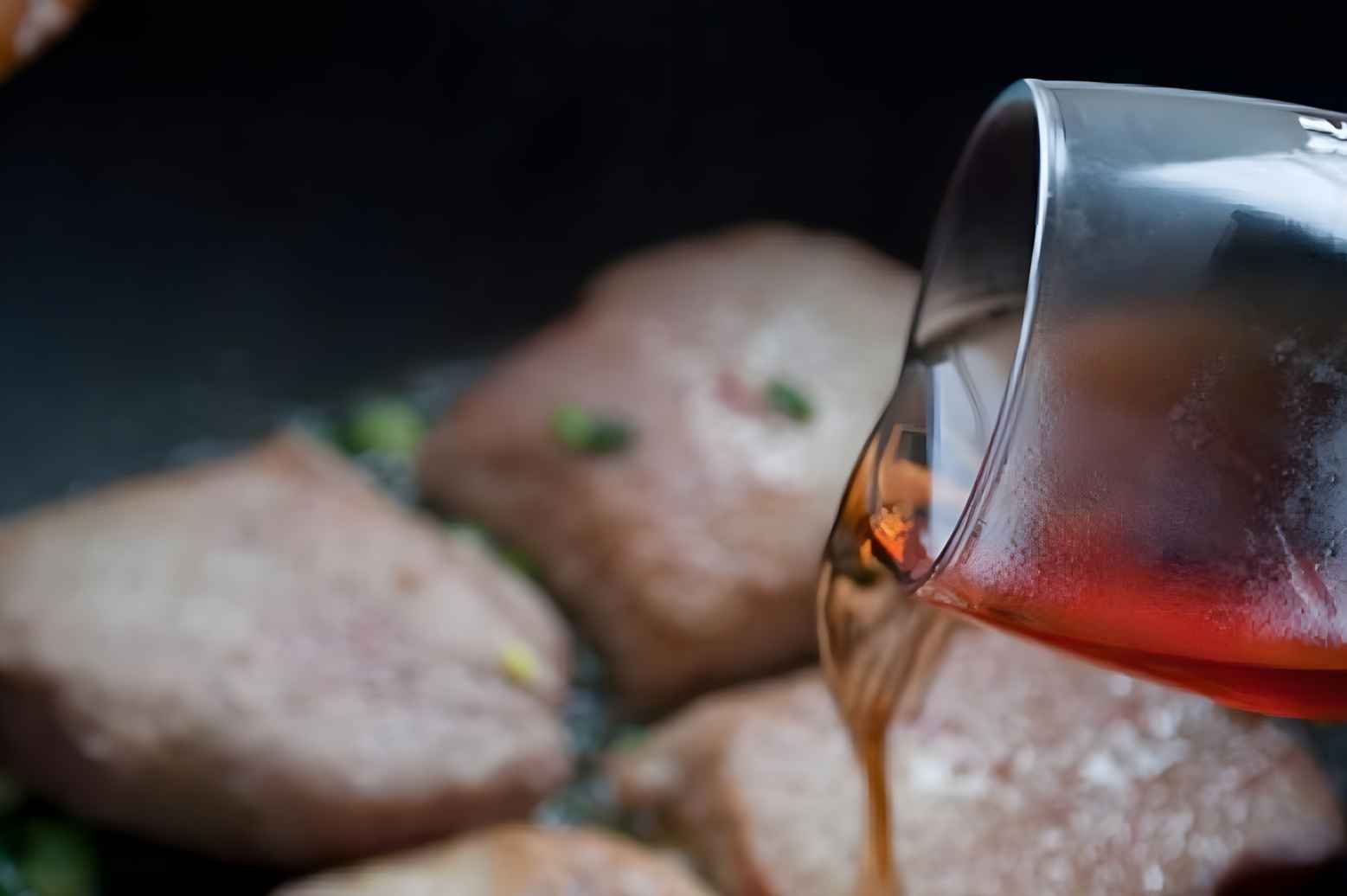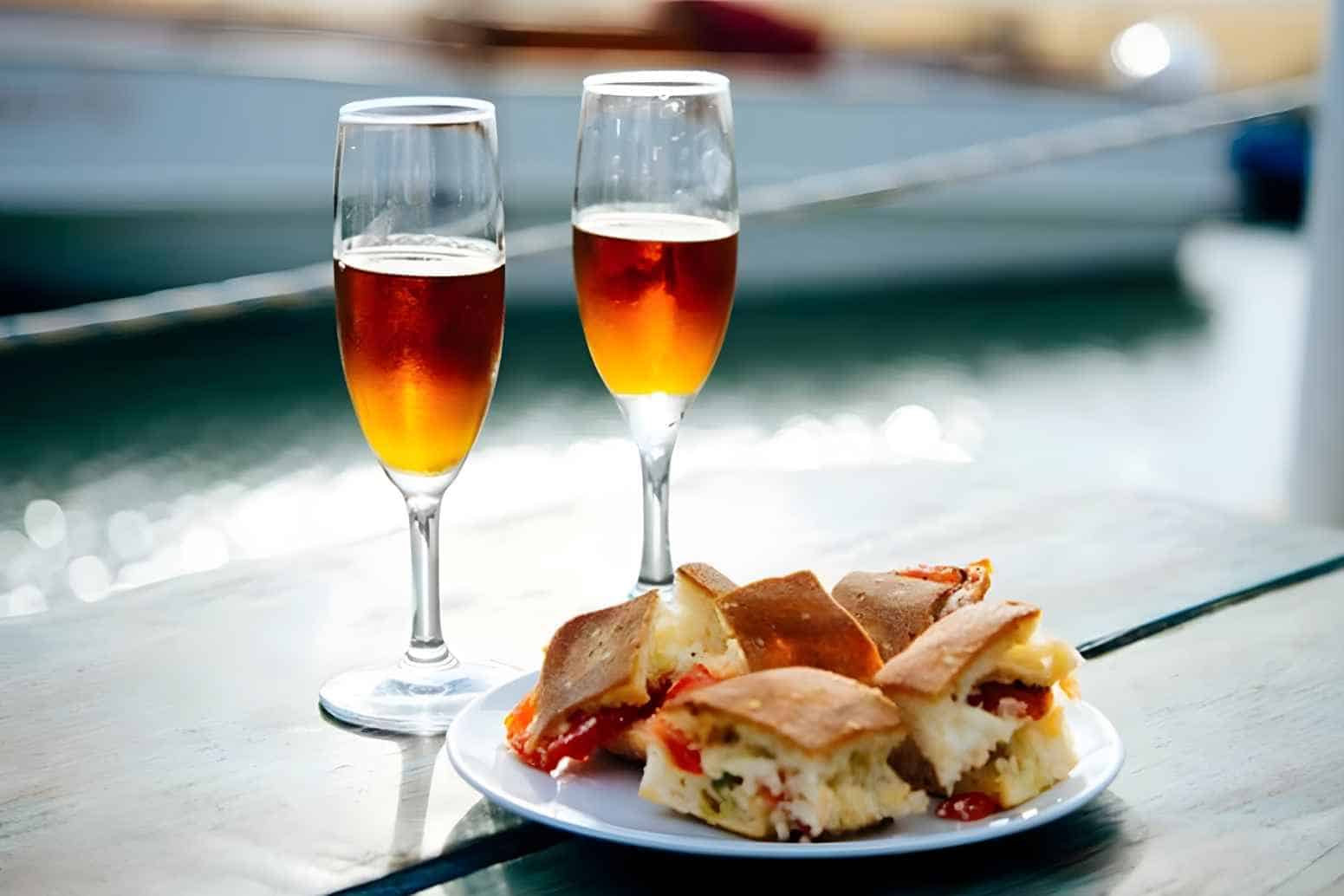But while Marsala wine is one of your favorite cooking companions, it’s more than a splash in your pan. This write-up gathers exciting facts about the Sicilian favorite, Marsala wine, its origin, production, types, food pairings, and even tips on enjoying it. So, here we go!
|
Origin |
Sicily, Italy |
|
Alcohol by Volume |
15% to 20% |
|
Color |
Gold, Amber, & Ruby |
|
Flavor Profile |
● Apricot ● Vanilla ● Tamarind ● Brown Sugar ● Tobacco |
|
Sweetness Level |
● Dry ● Semi-Dry ● Sweet |
Quick Glimpse of Marsala Wine
Marsala is a fortified wine from the town of Marsala in Sicily, Italy. Winemakers produce this Italian-style favorite from local white grape varieties such as Inzolia, Grillo, Damaschino, and Catarratto. While it may sound unusual, this line of wine can also be crafted using red grapes.
At present, Marsala’s wine production is exclusive to the Italian region. But that doesn’t mean one can’t enjoy a superior Marsala wine tasting in other parts of Europe like London.
Since Marsala wine is fortified with brandy, you can expect that it has increased alcohol by volume or ABV of . This number is way higher than the standard alcohol content found in many wines in the United States. That’s why we’ll find this favorite Sicilian wine served in a portion of small glasses.
While Marsala Wine is available as dry or sweet alcohol, it is not surprising to see it widely recognized as dessert, cooking, and baking wine. Unlike other wines, this wine has categories based on color, sweetness level, and age.
Once you sip this Italian favorite, you’ll savor nuts and brown sugar flavors with licorice, honey, and dried fruit notes.
Marsala Wine & Its Production
Like other wine-making processes, the fermentation of Marsala wine starts once producers harvest and crush the grape varietals. Whether the wine crafters make a finished product of dry or sweet Marsala wine, the fermentation will stop for a while to make way for the brandy.
Residual sugars are present if the wine has been fortified before fermentation, making it sweeter. On the other hand, if wine producers add brandy after fermentation, we can expect a dry wine with decreased sugar levels.
Because of the fortifying process, the Marsala wine can only last up to four to six months after opening. While this Italian wine won’t be spoiled if you keep it in the cupboard for six months, one can already taste the difference.
Marsala wine’s aroma and flavor will fade after six months. So, it will be best always to store this wine in a dry, cool place.
Marsala Wine & Its Type
If you’re a newbie to the Marsala wine, this Italian favorite comes in a variety. It has distinct types depending on its level of sweetness, color, and age. So, here’s a breakdown of everything you must know about Marsala wine.
Sweetness Levels of Marsala Wine
Marsala wines have a range of sweetness levels based on the sugar left after fortification. Sommeliers labeled them as follows: Secco, Semisecco, and Dolce. In short, you’ll find Marsala wine dry, semi-dry, and sweet.
Secco is the driest version of Marsala that you’ll ever spot in the market. Every liter of Secco contains around forty grams of sugar. In addition, semi-secco, as the name suggests, is a semi-sweet style of Marsala wine. You’ll anticipate around fifty to one hundred grams of sugar per liter
Finally, Dolce is the sweetest variation of Marsala since it has more than one hundred grams of sugar per liter. It’s best to use this style as a dessert wine.
|
Marsala Type |
Sweetness level |
|
Secco (Dry) |
40 g/ liter |
|
Semi-secco (Semi-sweet) |
50-100 g/ liter |
|
Dolce (Sweet) |
100+g/ liter |
Color Hues of Marsala Wine
On top of everything, we can also find Marsala wine in assorted colors. Distinct grape varietals used by producers are the top reason for this Sicilian wine’s unique hues. Further, these colors determine this Italian-style wine’s flavor and taste profile.
First, one will find Marsala wine in Ambra or amber color. This hue is made of white grape varietals like Domaschino, Grillo, Inzolia, Grecanico, and Cattaroto. Usually, this type of Marsala wine has dried fruit and nuts undertones.
The next thing is Marsala wine in Oro or gold color. While it possesses a vibrant golden color, winemakers produced this Marsala wine out of white grapes like the Ambra. However, it has the unique taste of licorice, vanilla, and hazelnut.
Lastly, Rubino or Ruby is a Marsala wine loaded up of red grapes like Nerello Mascalese, Perricone, and Pignatello blended with thirty percent white grapes.
This wine exudes a fruity flavor with an aroma that balances red grapes’ high tannin content. However, one can expect that this variety is less popular compared to Ambra and Oro.
Age of Marsala Wine
Further, wine enthusiasts classify Marsala wines based on their age. Over the years, people widely use younger Marsala wines like Fine and Superiore for cooking and baking. On the other hand, older varieties like Superiore Reserva are perfect as appetizers and dessert wines.
The age category of Marsala wine ranges from a minimum of at least one year to ten years without additional sugars. In the middle of the two extremes, we’ll see another three categories arranged from youngest to oldest. So, here’s a quick rundown of Marsala wine’s age classification.
|
Marsala Type |
Age |
|
Fine |
At least one year |
|
Superiore |
2 to 3 years in wood |
|
Superiore Reserva |
4 to 6 years in oak |
|
Vergine or Soleras |
5 to 7 years in oak |
|
Stravecchio |
Ten years in oak |
Marsala Wine as the Perfect Cooking Companion
Over the years, Marsala wine has become the number one food companion, whether in the glass or pan. It’s nothing but versatile. This Italian style can add depth to different sauces and soups.
On top of that, you can beautifully glaze vegetables with Marsala wine. Overall, Sicilian wine is a flavor-enhancing addition to many dishes. So, here’s how you can use Marsala wine as a cooking ingredient in your kitchen.
You can add Dry or Sweet Marsala wine depending on the flavor and taste profile of the dish you cook and serve. Sweet Marsala wine will work magically with meat like pork and chicken. In addition, this wine is commonly used in making thick and sweet sauces.
On the other hand, people add Dry Marsala when cooking savory entrees. This type adds wonders like caramelization and nutty flavor to beef, mushrooms, veal, and turkey.
It will be helpful to remember that you can use Dry Marsala as a substitute for Sweet Marsala ingredients. However, don’t do this the other way around. So, it’s best to make Dry Marsala handy for versatility.
Food Buddies of Marsala Wine
Now, we’re on to the exciting part about Marsala wine. Of course, it’s interesting to know the best food friends of this Sicilian favorite. So, here’s how you can have Marsala wine from the plate to your wine glass!
Premium quality and well-aged wines like Secco would work magically with appetizers like soft goat cheese, smoked meats, assorted olives, and salty nuts.
You can pair Secco and Semi-secco with sweet fruits. A dessert wine like Dolce is a fantastic food partner for cheese and chocolate-based desserts.
Fantastic Serving Condition for Marsala Wine
Of course, we all want to know how we can best enjoy Marsala wine. At the same time, it may sound like an easy decision, but learning how to maximize the Marsala wine-tasting experience would be beautiful. With that end in mind, here’s something we can do to savor and enjoy every drop of this Sicilian favorite.
Perfect Temperature
Following the is the best when you serve Marsala wine. You can serve Dry Marsala wine slightly chilled around fifty-five to sixty degrees Fahrenheit to preserve its crisp freshness. On the other hand, Sweet Marsala wine is better enjoyed slightly cooler or at room temperature.
Kind of Glass
While this may sound like a random or silly idea, the kind of wine glass we use makes a difference. Research showcases the influence of glass shape and the rising wine vapor, influencing the aroma and taste we experience.
So, the next time you drink a Sweet Marsala Wine, try using a small port glass or snifter. Doing this will concentrate on the wine’s fragrance. But a standard wine glass will do when you have Dry Marsala wine. However, let sufficient glass space swirl. Let the wine release fragrance and breath before your first sip.
Making Every Moment Special with Marsala Wine
Indeed, it’s true that Marsala wine is versatile. It’s a perfect cooking companion, but there’s more to it. You can enjoy and drink any dish that you can think of.

George Moore, co-founder of Wine Flavor Guru, is a charismatic entrepreneur with a rich background in California’s wine industry. Alongside Sylvia, he transformed a Sonoma County vineyard into a source of premium wines. George’s expertise in sourcing exceptional grapes and his approachable style make wine appreciation both accessible and engaging.
